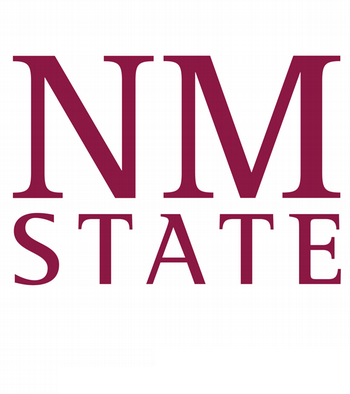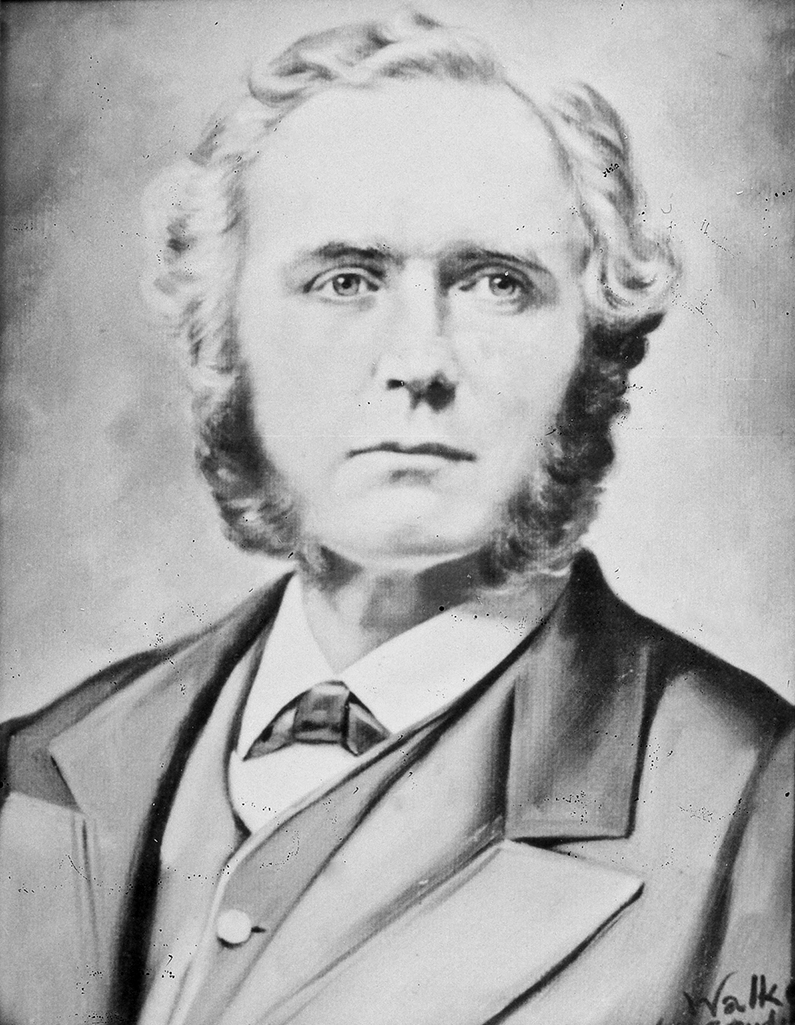
Shalam was founded by a New York dentist and doctor named John B. Newbrough and a group of his religious followers called Faithists. Newbrough claimed to have written a new Bible, called Oahspe, while under spirit control. Contained in this Bible was "The Book of Shalam," which set forth a plan for gathering the outcast and orphaned children of the world and raising them, according to strict religious principles, to be the spiritual leaders of a new age.
Newbrough and some twenty Faithists decided to create such a place as described in "The Book of Shalam."
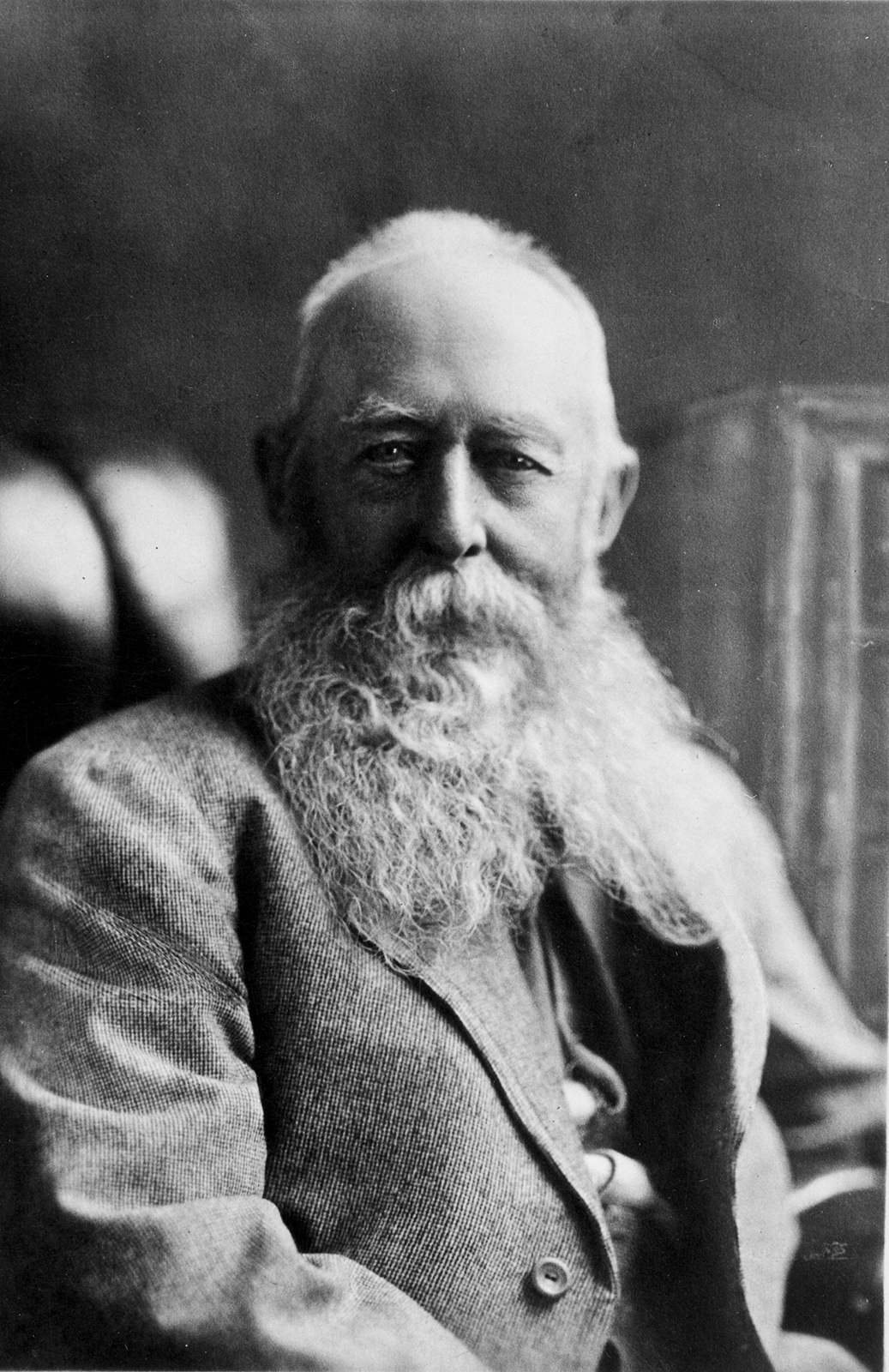
In 1884, Shalam Colony was finally established on the banks of the Rio Grande, one mile from the village of Dona Ana. It is generally believed that without the help of the villagers of Dona Ana, the colonists would have suffered even more than they did the first year. The villagers showed them how to cook beans and make adobe bricks, and other skills necessary to survive in this new land. Financed by a wealthy wool merchant from Boston, Andrew Howland, the colony was developed into one of the finest agricultural areas of the Southwest. Nearly a million dollars was spent to build and furnish fine buildings and maintain a herd of prize dairy cattle, build a chicken farm with heated runs, and develop a reservoir and irrigation system which was far ahead of its time.
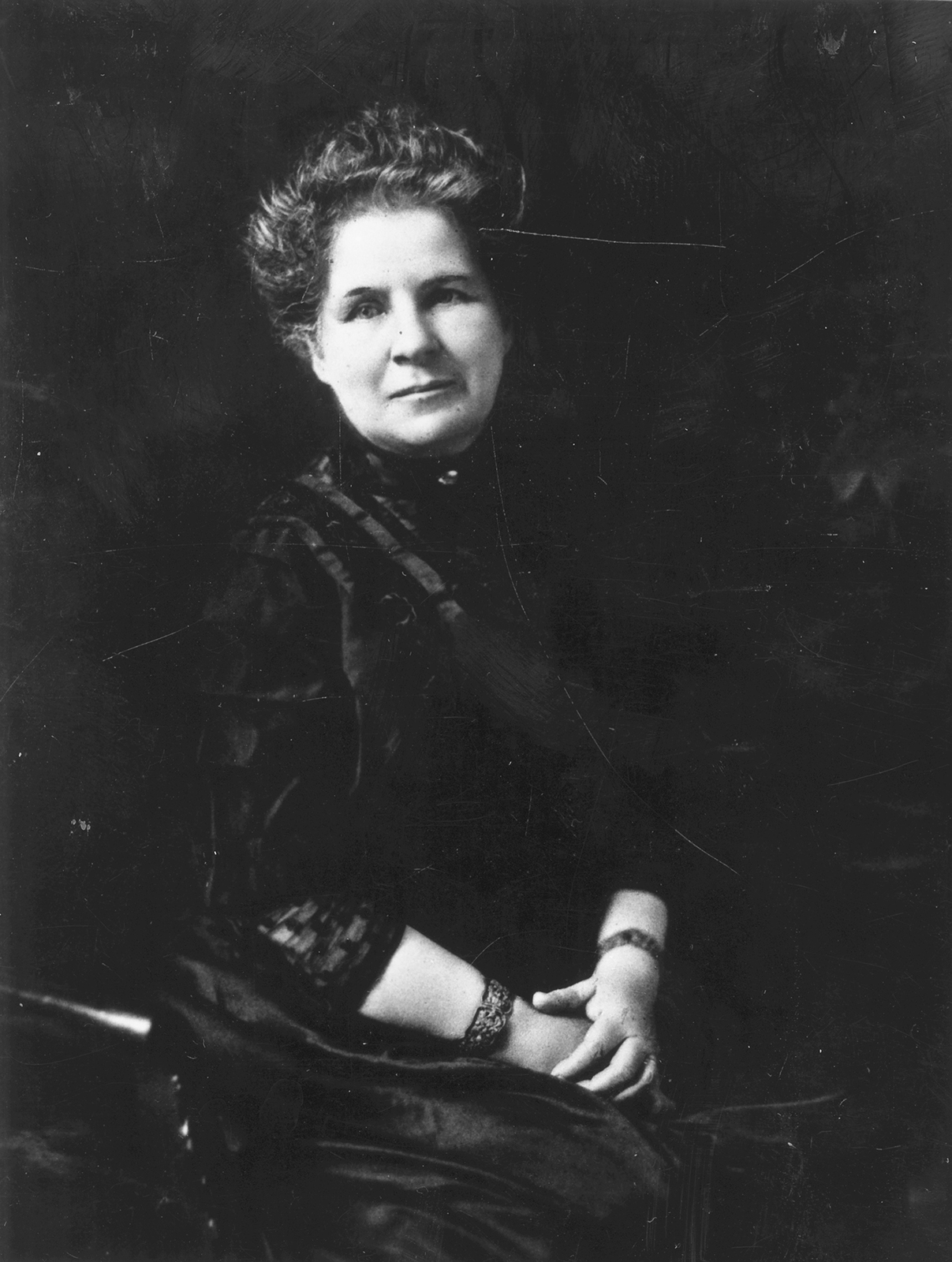
Disaster befell the colony in 1891 when John Newbrough died of influenza. His widow, Frances Van de Water Sweet, married Andrew Howland in 1893 in an effort to put to an end malicious gossip. Together they tried valiantly to keep the colony going, but the obstacles proved overwhelming. The colony had attracted many who did not want to work; the Rio Grande flooded often and destroyed acres of crops; the financial burden was too great and the markets too few. In 1901, the children who had not been adopted were sent to orphanages in Dallas and Denver and Shalam Colony was closed.

In the 1870s, John Newbrough made earnest efforts to improve his ability to receive spirit communications. He believed that he must purify himself physically and spiritually, so he further simplified his vegetarian diet, bathed twice daily, and rose every morning before dawn to meditate. Newbrough then says that he was instructed by spirits to purchase a typewriter, which he described as "a new invention that writes like the keys of a piano." He tried to learn to use the machine but had only "indifferent success."
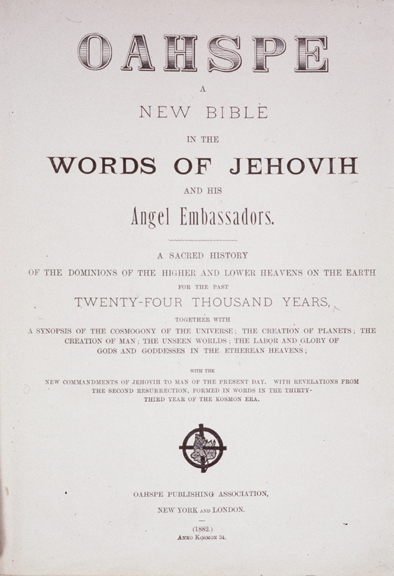
However, at the beginning of the year 1881, Newbrough sat at the typewriter and, with lines of light resting on him, his hands began to fly over the keys. He typed every morning in this manner for fifty weeks. He was instructed not to read what had been written but just to turn the pages down as they were finished. At the end of this time he was told to have the pages published, and to call the book Oahspe.
Oahspe means "earth," "sky," and "spirit" in the language of the sunken continent of Pan. Oahspe is a book of some 900 pages. According to the title page it is "A New Bible in the Words of Jehovih and His Angel Embassadors. A Sacred History of the Dominions of the Higher and Lower Heavens on the Earth for the Past Twenty-Four Thousand Years." Like the Christian Bible, Oahspe is arranged in books, chapters and verses. One of the books is called, "Book of Jehovih's Kingdom on Earth which containeth within it The Book of Shalam, all of which is ante-script."
An editor's note explains the word ante-script: "We understand by this term, and also by the book itself, that what is set forth as being in the past, has not yet occurred. In such respect it is a picture of the future, as will be demonstrated in actual practice."
Full-text version of Oahspe, with images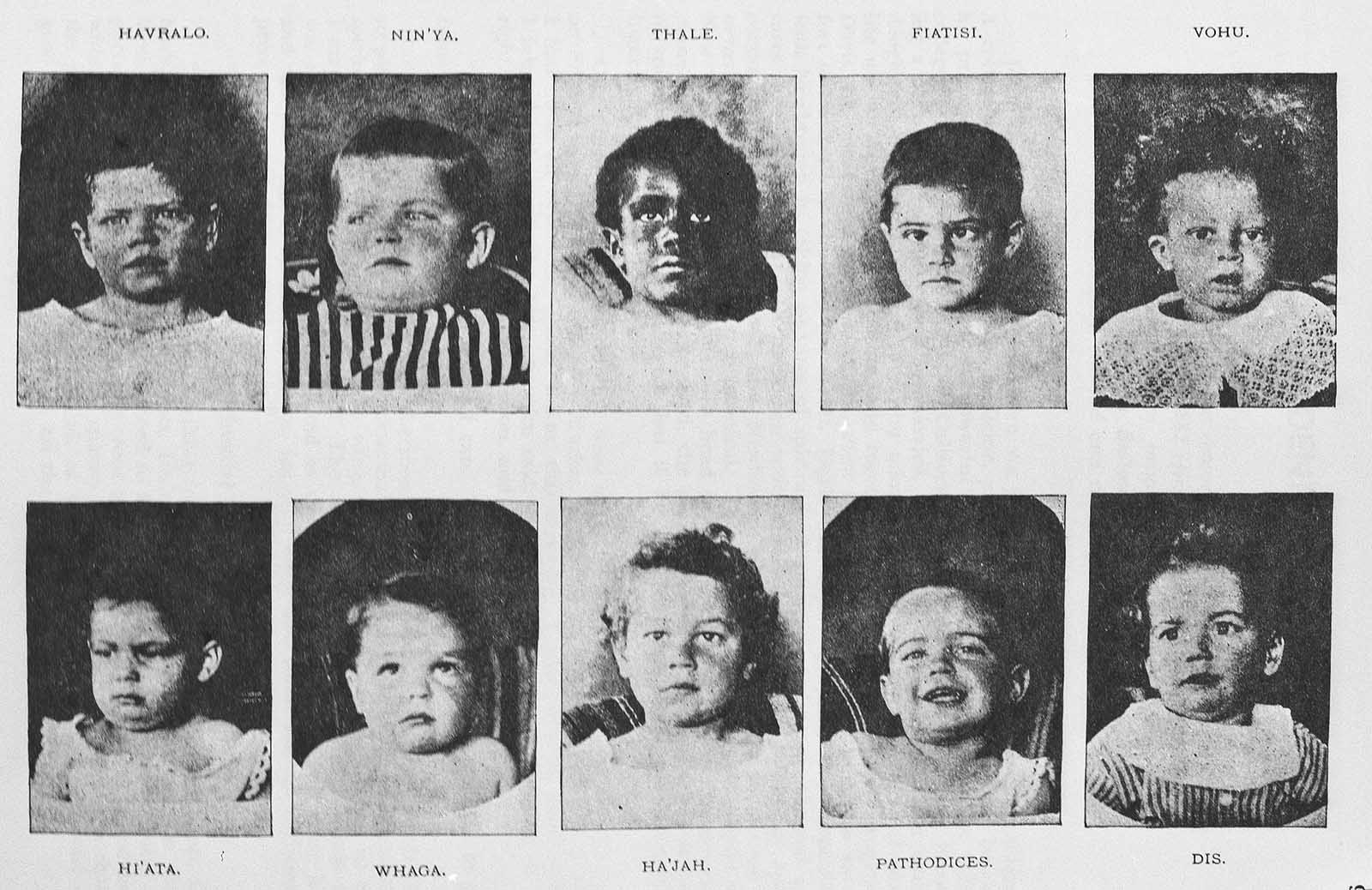
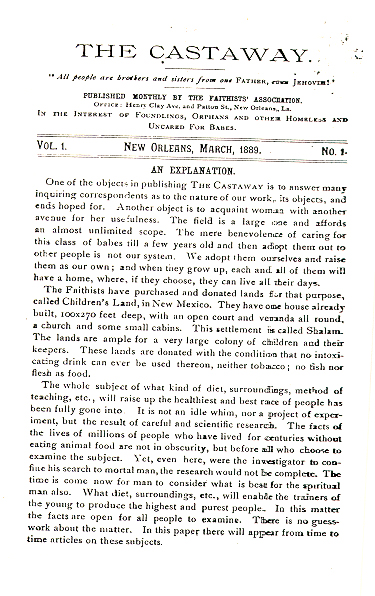
The children for whom the colony was established were brought from several different cities, although never in the numbers first envisioned. Receiving stations were set up in New Orleans, Chicago, Kansas City, and Philadelphia. Katherine Stoes, a Las Cruces history enthusiast and a friend of Frances Newbrough Howland, has described the Newbrough's home in New Orleans as containing a baby crib near which was a sign that read, "Children Wanted and No Questions Asked."
The Newbroughs stayed in New Orleans for several months in 1889 to gather foundlings. During this time, John Newbrough published a newsletter called "The Castaway," in which he describes the colony in New Mexico and enlisted support for it.
Although the report of the first Faithist convention, held in New York in 1883, mentioned plans to raise from 300-500 children in each of several homes, there were only some 50 children at Shalam Colony during the course of its existence.
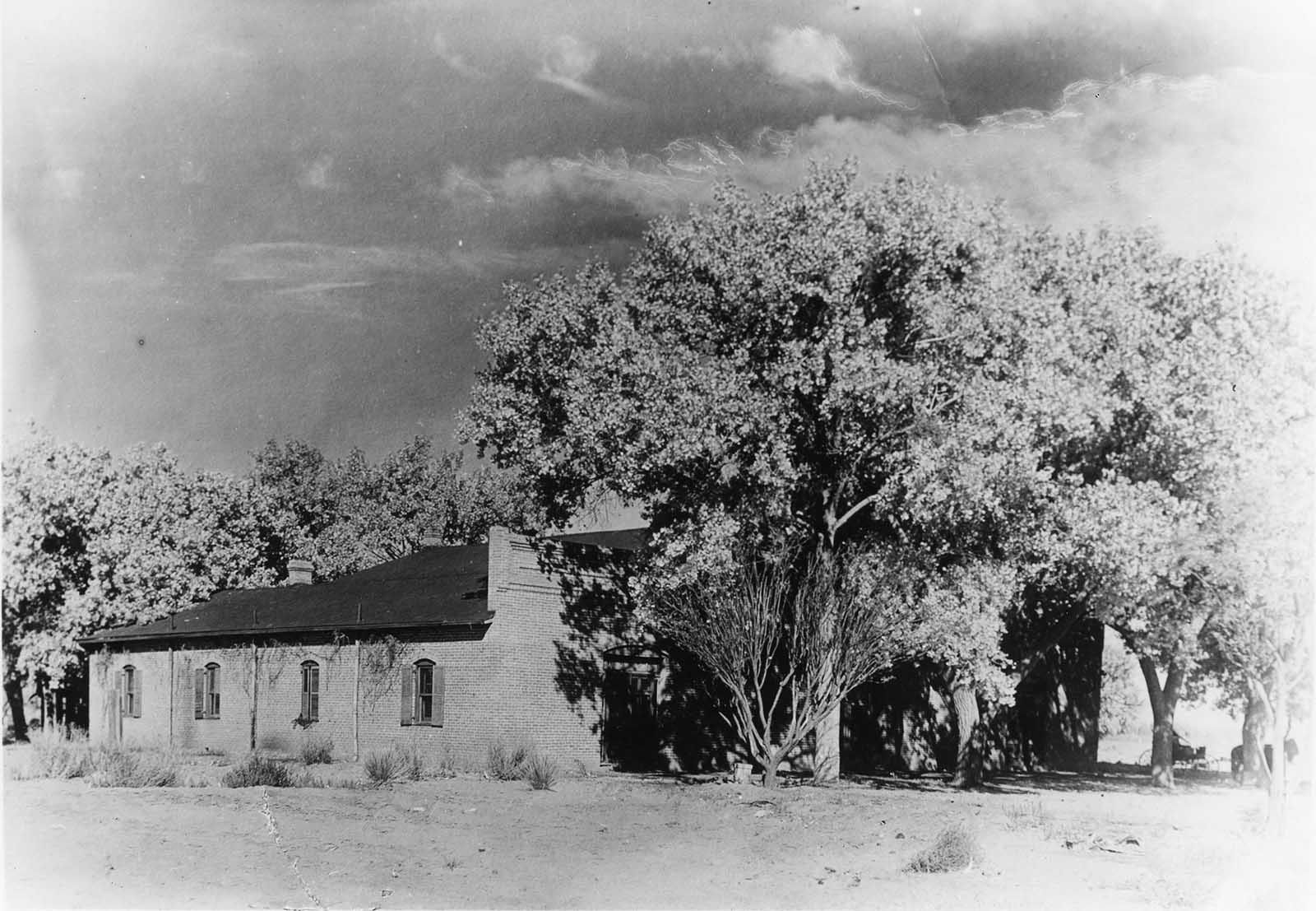
The Children's Home has been called the "best building ever erected in the valley." This is what the home looked like in 1945.
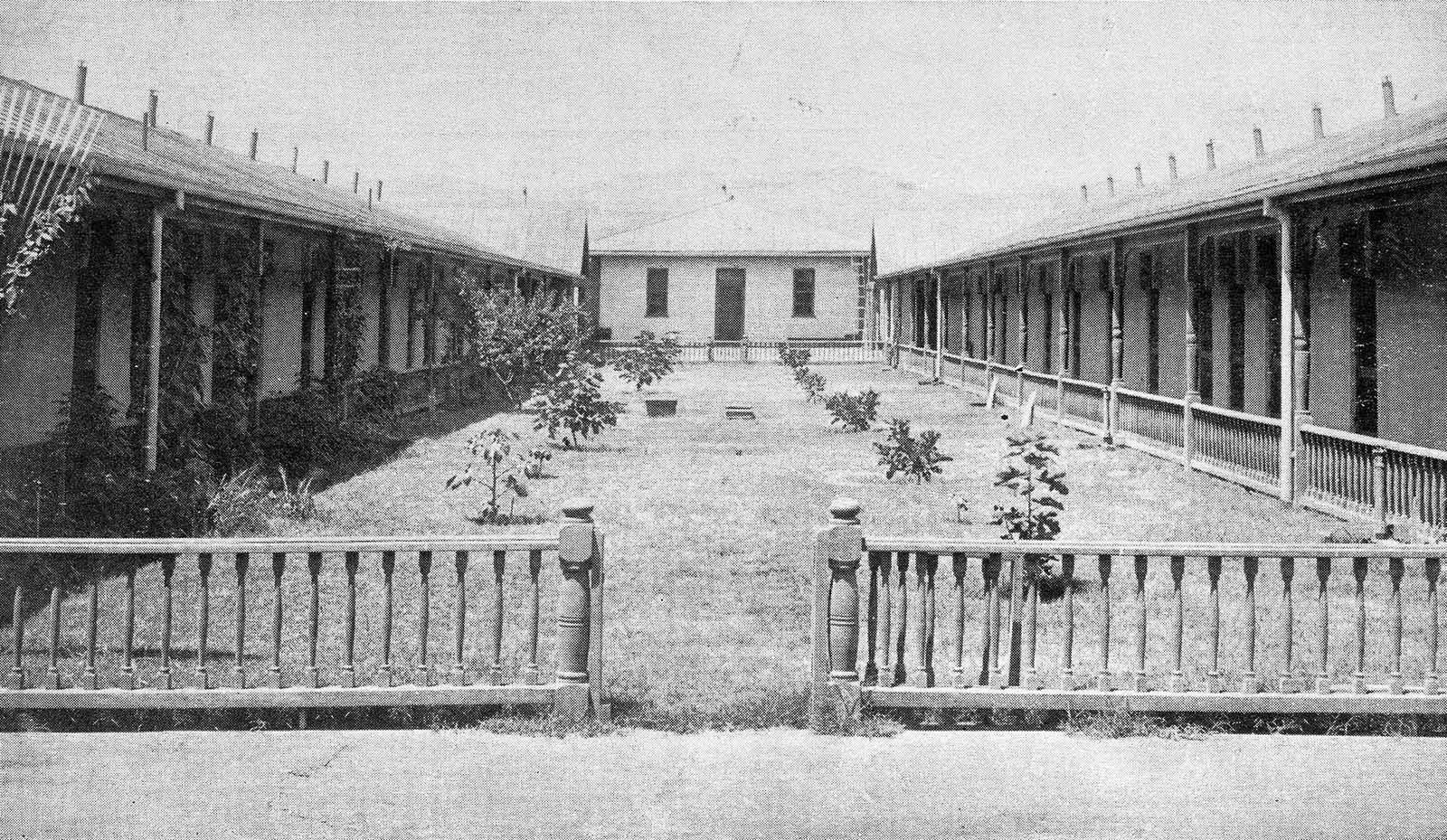
Courtyard view of the Fraternum.
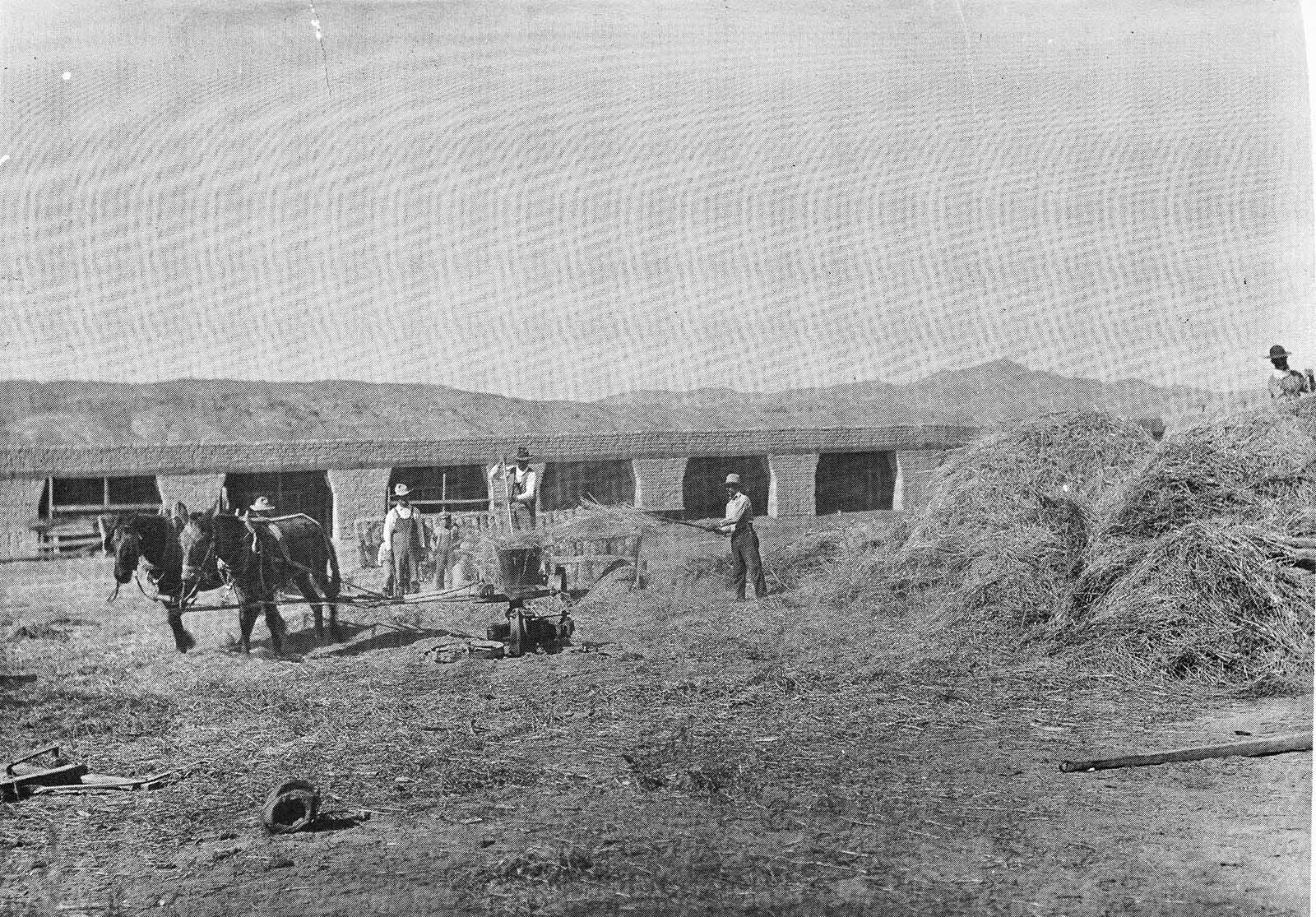
The barns at Shalam Colony.
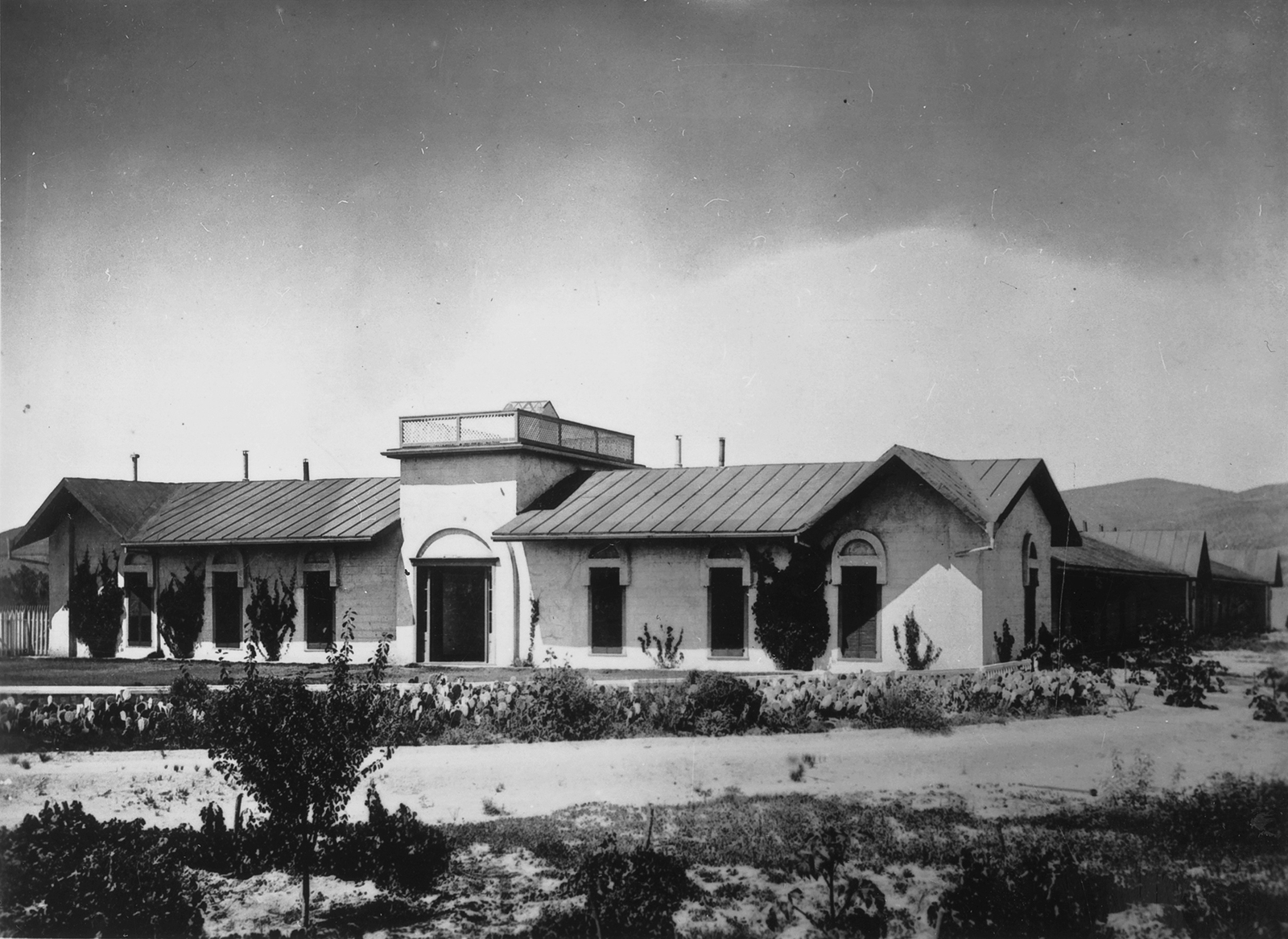
Building of the colony began in 1885 with the Fraternum, a long building with two rows of twenty rooms on either side of a long courtyard. These rooms were for the adult Faithists. There was a library at the front of the building and a steam laundry.
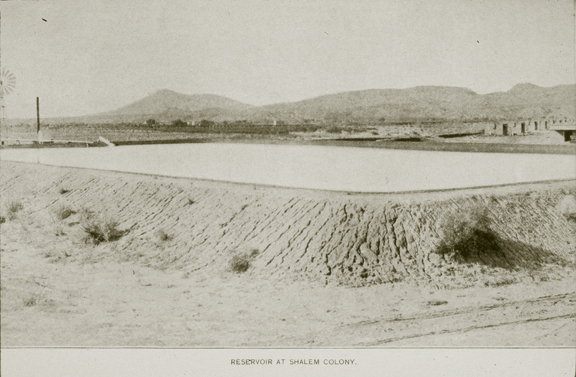
The reservoir at Shalam Colony.

This is the only building still standing today of the thirty-five buildings in the colony. It was used as a studio.

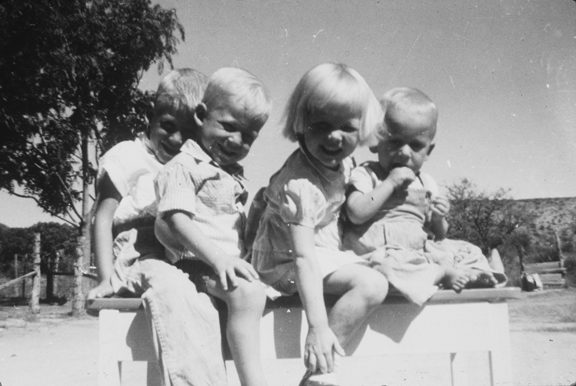
The work of the Faithists did not end when Shalam was closed in 1901. A colony was established around Denver in the early 1900s, and some people from Shalam went to California.
It was in Los Angeles that Wing Anderson met the Faithists. He bought the plates and the copyright for Oahspe in 1933 and published Oahspe until his death in 1970. Under Wing's direction, a community was established in North Salt Lake, Utah, in the 1930s. The people called themselves the Essenes of Kosmon.
In the early 1940s, the group moved to Montrose, Colorado. That colony closed in the 1950s.
Another colony effort was Otis Acres, established in Arizona in the 1950s.
Several publications have provided news and support over the years. The earliest was the Kosmon Pioneer Bulletin, put out from Utah, and later Colorado. The Faithist Journal was published in Kingman, Arizona; and the Kosmon Voice, which was originally put out in Salt Lake City, but has moved to Nebraska.
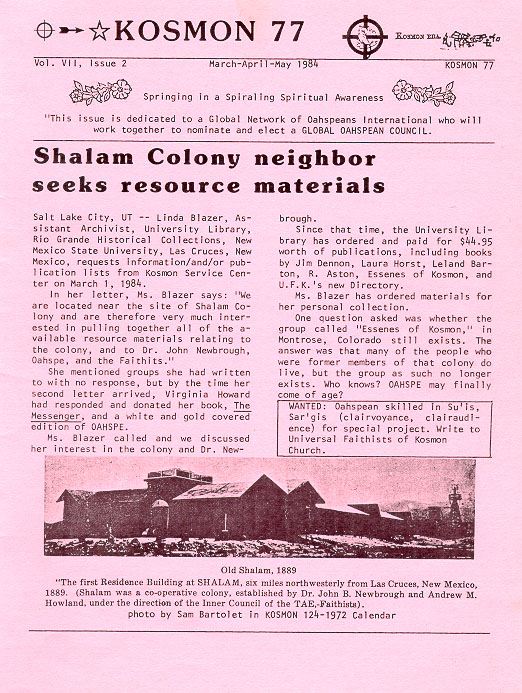
The publications listed represent a wide range of viewpoints, expressed in varying degrees of accuracy and objectivity. Annotations are provided for most articles and for references included in books on more general subjects. Call numbers are provided for books in the NMSU Library; a "*" indicates the book is in Special Collections (SpC). Materials or copies in the NMSU Archives are designated either "CCF" (Consolidated Collections File) or by collection number (RG or Ms). Most of the articles in the CCF have been copied from journals in the Library; in these cases, the call number for the journal is given in addition to the "CCF" designation. Compiled by Linda Blazer, NMSU Library
Bibliography of Shalam Colony / Oahspe / Faithist Materials